|
Tea Culture Tea has been surfaced over earth’s classic veneer over a thousand years ago. This blessed savory delight has gone through hundred taste buds and mystical researches to be known as a profound beverage across the globe, only second to water. Extracted from the most tropical lands, tea is a rich source of health boosting antioxidants and other natural ingredients such as polyphenols that benefits human health in many ways. Tea related beverages are a subtle interest in the modern day culture. A fine cup of tea just makes your mood or a fragile moment is re-build. Today’s lifestyle of people has changed a lot. A smooth cup of tea has sheer capability to remove the peer pressure in mind. Its divine taste varies in choices of individuals. Fortunately, there are more benefits to count than the reasons to stay away from it. Origins of tea literally comprise of stories from far behind 2737 BC. Chinese Emperor, Shen Nong accidentally enjoyed drinking tea infused water while boiling his water in the garden and a leaf from a wild tree (possibly a tea leaf) drifted into his pot. This made him to find out more about this palatable plantation. During his researches he found more about its medicinal properties, impacts over stress and mind. The mighty tea leaves carry a 5000 years of rich history within themselves. During the early days of Tang dynasty (618-907), tea has a widespread popularity and was even perceived as China’s national drink. This recreational beverage has continued making its statements across Asian countries and later flowed its vibes across borders. Healthy Tea - On the Run Moving life with a 2x speed in a modern day lifestyle, we are always in a need of a powerful savor to glide down the epiglottis in order to stay active in the mainstream. It becomes a ice on the cake when this quick adore comes with as many health benefits as its variety. We can understand the lifestyle we live today and our daily bodily consumptions. From packaged drinking water, sugary carbonated drinks and other beverages from prepackaged containers, we harm ourselves with every unnatural drinks we take inside. Value of Tea With the time flowing like winds, mystic researches helped tea masters to found large varieties of tea with different nutritional and health values within them. Green tea is the mostly accepted and considered as one of the healthiest beverage. All tea varieties contain antioxidants in them known as Catechins, that battles free radicals in the body and repair damaged body cells. With many forms of tea like black tea, white tea, puerh tea, herbal tea and many other variants have commonly outspread health beneficial factors with them, that when infused with our system gives delight, calmness, attentiveness and an absolute pleasure. The goodness of tea comes from the plant, Camellia Sinensis which is a flavorful, full of vitamins, mild refreshing and aromatic uprooted creation of the mighty. These herbaceous plants products, when are mildly blended and served over a cup gives a pleasure to eyes, body and mind. Its recreational effects on the body help you keeping healthier and happier. It increases metabolism or energy levels, regulate blood flow that increase alertness in the body. Many tea forms helps in preventing cancer, Parkinson’s disease, heart related ailments, dermal issues and much more. So, it’s just a drink to thirst upon but also it’s a bodily toxin cleanser. More than 1.42 million pounds of tea is consumed by Americans every single day. This ancient beverage has a lot to give in the modern day lives. Its consumption keeps on increasing with every taste buds feeling its greatness and a tendency with its lovers to pass on the vibes. After being consumed for more than 5000 years, tea has changed very little - until now. It's been served hot, it's been served cold. But now tea is being served in a style that suits the most frantic lifestyle - you can get it to go. If you are looking to Buy Tea online from a Certified Organic Tea Store then visit our website. Disclaimer: The information, including but not limited to text, graphics, images, and other material on this website, is for informational purposes only. No material on this site is intended to be a substitute for professional medical advice, diagnosis, or treatment. Always seek the advice of your physician or other qualified healthcare providers with any questions you may have regarding a medical condition or treatment before undertaking a new healthcare regimen. Never disregard professional medical advice or delay seeking it because of something you have read on this website. Golden Monkey Black TeaWe love this tea! Years ago, when we took a certified tea professional certificate, the final exam was to examine a type of tea leaf. Golden Monkey was in the exam. Because of its thin, light golden twisty leaves with a unique taste that is so smooth. We knew it right away that it was Golden Monkey Black Tea. If your goal is a smooth and pick-me-up kind of tea, this is the one! Golden monkey black tea is an exceptional black tea with a hint of cocoa note. A light sweetness can also be found with this tea. It is very smooth and can re-brew using the same tea leaves.It is good for both hot or cold brew. See you around the city...Hopkins Farmers Market:- October 5 & 12
Prior Lake Farmers Market: October 5 & 19 The Garden by the Woods, Chanhassen: October 12. We are excited to show you a new product. Our wild cherry black tea is based with Sri Lanka black tea. We garnished with safflower and rose-hips. Its flavor is cherry and a smooth tea. You can enjoy this tea with or without milk or cream. Come on in to check them out, we think you’ll love them as much as we do. We also travel to be closer to you. Check out our schedule below
We all know, and it has been scientifically proven many times, that tea is indeed good for us, our health, body and mind. It cleanses our system as well as relieving us from stress. If tea is such a good product for us, we have to make sure it is great toward the environment too. There are about 4 millions of tons of tea produced every year so if all the tea drinkers had an eco-responsible way of drinking, it could have a great impact, in a positive way. In order to do so, we have to watch our consumption and make sure it is an eco-responsible one (no need to reduce your intake of this glorious beverage!). We have gathered a couple of advice for you so that you don’t feel guilty when drinking tea and it will even benefit other parts of your life. Here are our 7 advice:
So here are a couple of tips that could, at a human level, have a positive impact on the environment. We hope you enjoy your summer! The Great Tea Company
Dear Tea Lovers,
If you are a customer of ours, you know we are different from other tea shops, especially when it comes to our process of hand selecting teas from around the world and our love of unique flavors. What some of you may now know, however, is how some of these unique flavors came to be. As one example, 3 holiday seasons ago, my family and I were trying to figure out a tea we could make that everyone could enjoy. We decided to add some orange peel and cinnamon into our full caffeinate black tea, and thus, a new delicious flavor was born, one that is warm and cozy and perfect for the holidays. However, I don’t have a name for this tea. I don’t want to name it “Orange Cinnamon” because we already have an Orange Cinnamon Decaf Black Tea in our shop. The difference between two is decaffeinate versus full caffeinate tea as we often hear from our customers “I want caffeine!” What do you think we should name this tea? In addition to this unique and tasty flavor creation, we also developed another flavor. It is nutty, chocolatey, and indulgent. We took our Belgian Chocolate Black Tea and added almond, hazelnut, and sugar-coated fennel seeds. I think the seeds look like little holiday light bulbs. What do you think we should name this second tea? We invite you to send us name ideas for these hand-crafted tea flavors. If you are picked, your tea name will become the official name for one of these teas and we will send you the tea you named! For our runner-up, we will send you a fun tea infuser. To enter this contest, please send us your tea names along with your contact information by October 15th. Please submit your entry using the text below or something similar: Tea 1 (Orange Cinnamon flavor) - Tea 2 (Chocolate Hazelnut flavor) - We will aim to announce the winner around October 20th. We would prefer that you pick up your prize at our shop because we would like to take a picture with you. Thank you in advance to all who participate. We wish you luck and can’t wait to see what the new names for these scrumptious teas will be! All my best, Titima Always online at www.greattearoad.com [email protected] or by mail PO Box 594, Shakopee, MN 55379 Like us at https://www.facebook.com/greattearoadco/ https://www.instagram.com/greattearoad/ https://twitter.com/greattearoad Dear Tea Aficionados:
I hope you are having a good summer. I always get a bit sad when I drive past corn fields in the summer, as corn fields are summer’s timekeepers and inevitably signal the season’s gradual exit. I live right by a corn field in Shakopee, and recently when I drove by it with my children, I told them, “Now the corn is taller than me. You all know what that means. Our summer is coming to the end soon. And then you will have to go back to school.” This also means that our hot summer days are coming to an end too (remember the 104-degree day we had earlier in the season?!), and before we know it, it will be time to welcome in the cooler days of fall. Just as the temperature changes with the season, so too do the teas I carry. The summery flavors are going fast, including fruity flavors and several varieties of refreshing green and white teas, among others. Some of my personal favorites include the Fruity Sangria and Organic Chamomile Dream. If you hurry, you can enjoy 15% off select flavors before they’re gone. Don’t wait though because once fall rolls around, we will have limited stock of our summer flavors. To redeem your discount on select teas online, use code “Summer15%OFF” when you check out. Otherwise, we’d love to see you in our new brick-and-mortar location in charming downtown Prior Lake or at one of our farmers market locations. Here’s where we will be in August: Our shop at 16228 Main Ave SE #113, Prior Lake, MN 55372 TH 2-6pm, F 2-5pm, SAT 9-3pm Hopkins Farmers Market- August 11 & 18,7:30-12pm Prior Lake Farmers Market - August 11, 2018 8-12pm Golden Valley Farmers Market - August 12 & 19, 9-1pm Here at the Great Tea Road Company, we are wishing you a great rest of your summer and that you find the perfect tea to complement your summer memory-making. As always, we are happy to provide recommendations on flavors and brewing instructions. Until we meet again… All my best, Titima Always online at www.greattearoad.com Like us at https://www.facebook.com/greattearoadco/ https://www.instagram.com/greattearoad/ https://twitter.com/greattearoad  Thanksgiving day centers on cooking and sharing a bountiful meal with family and friends. It is another year, we blended orange black tea. Deliciously sweet and fruity with the underlying support of a robust (decaf) black tea. The weather is getting colder. Please take care of yourself and have this wonderful Orange black tea to warm you up! We met Karen at the church in November. We remembered that she purchased "Strawberry White" and "Blueberry White" sample tea. Since that day, she called us when she needs new teas.
We are very happy when someone is happy. This is a reason why we keep going with our tea journey -- to put smile on your face. Thank you for being a part of our tea journey. One of our friends suggested to change the current recipe of sweet mint tea. We took his suggestion to heart! Now it is called "Organic Exquisite Mint" Tea. We LOVE mint (peppermint, spearmint, wolly mint, etc). Do you know why mint is such a good plant? Here are 10 Reasons why drinking mint tea would be good for you:
Just a quick note. We have moved from Minneapolis Farmers Market to Hopkins (Sat) and Linden Hill (Sun). If you can't find us, you can always contact us via our website or a phone call. We are always here to help.
I’ll be short and sweet with this newsletter. How about “Let’s have a Spring Tea Party”.
Spring tea party ideas include:
Consider these health benefits of tea and the next time you have to choose. Tea is officially awesome for your health. But before loading up your cup, make sure that your “tea” is actually tea. Real tea is derived from a particular plant (Camellia sinensis) and includes only four varieties: green, black, white, and oolong. (there are “Yellow tea” as well but it is very few produced) Anything else (like herbal “tea”) is an infusion of a different plant and isn’t technically tea. The real tea may lack in variety but it makes up for with serious health benefits. Most people know about tea’s health properties of antioxidant. Most studies have focused on the better-known green and black teas, white and oolong also bring benefits to the table. Read on to find out why coffee’s little cousin rocks your health.
The takeaway: Tea is safe to consume — just not in excessive amounts. So brew up a batch of the good stuff — hot or cold — and enjoy. Source: Adapted from Time magazine 9/4/12
Disclaimer: The information, including but not limited to text, graphics, images, and other material on this website, is for informational purposes only. No material on this site is intended to be a substitute for professional medical advice, diagnosis, or treatment. Always seek the advice of your physician or other qualified healthcare providers with any questions you may have regarding a medical condition or treatment before undertaking a new healthcare regimen. Never disregard professional medical advice or delay seeking it because of something you have read on this website. Have you ever attended Japanese Tea Ceremony New Year Style? Hatsugama (初釜) means boiling of the first kettle tea ceremony. It is a tradition that passes down from several generations. It has always been an honor to be served by tea teacher. This meeting is seen as something very special. Hatsugama is the only time when my tea teacher himself prepares tea for all his students. This does not happen often in Asian culture because students uphold the teacher highly. However, this year, we, students, were gathering at his place and our most senior students served the tea in his place as our teacher's health was not his best. Most of us were wearing formal Kimono. In the traditional way, kaiseiki meal would be served. Since we could not complete the ritual with Kaiseiki meal, well, none of us was capable enough to prepare such a formal and beautiful meal. Instead, we came and shared a dish. Everyone placed one’s dish on the table provided in the room. Fifteen minutes later after everyone was chatting and laughing, we were told to be seated. There are 2 tea sessions, thick tea (or Koi Cha performed by our male student) and thin tea (or Usucha performed by a female student). Our most senior students began to work his and her magic. It was quiet and calm. People were looking at the tea hosts. I have always loved the sound of water whether is boiling or running. It sounds so pretty to me. Talking about 2 different type of tea being served. Koicha was also prepared and shared among all students. Koicha is a thick tea that looked like a pea soup (really). Each one of us shared the same bowl. Yes, it may sound a bit strange to many people but we are bonded together this way. Then we also got served a thin tea. This year, I got an honor to help out as the first guest. The first guest is the most important guest. He or she receives the dessert and tea first. He or she can have a conversation with the tea host. It also shows the rank among the guests as well.
Tea of The Month: Haru no Uji Matcha (Translation: Spring of Uji City). It is our new tea. The tea is grown around Uji, the birth place of tea growing region in Japan. Please check it out with this link.
One of our popular teas is Oolong tea from Northern Thailand. Northern Thailand is a popular destination for Thai and foreigner visitors. It is also renowned as a scenic wonderland of orchards, flowers and forests. The area attracts tourists to enjoy the picture-perfect valley in the mountains 1,400 metres above sea-level. Here, the ever-present influence of His Majesty King Bhumibol Adulyadej, Rama IX, can be sensed, from the Royal Agricultural Station to his agricultural affluence and an effort to better the quality of life to the ethnic people there. Please enjoy the scenery of this village. It is truly beautiful place. Credited: Great Tea Road. Tea of the Month –Angkhang Oolong and Homemade Ginger Cinnamon Black Tea (new seasonal tea)
We would like to take this opportunity to thank you for supporting and being a loyal tea customers–it's what made our 2015 most memorable. Wishing you and your family peace and joy in 2016. Happy New Year!
“How can I be more mindful?” a customer and friend was asking. For me, it comes from practicing Japanese Tea Ceremony. I was instructed even when I prepare tea utensils, I need to be focused on what I do. I think it is very simple task but for some find it is difficult.
At times, when we are drinking tea with a friend, we are not aware of the tea or even of our friend sitting there. Practicing tea meditation is to be truly present with our tea and our friends. We recognize that we can dwell happily in the present moment despite all of our sorrows and worries. We sit there relaxed without having to say anything. If we like, we may also share a song, a story or a dance. Tea and Meditation are two practices that go hand-in-hand. They are both contemplative, slow-paced activities that help a person wind down. Practicing Japanese Tea Ceremony is something many people do not want to do. Many think it was like a drag to pick up new “procedures” when they weren’t necessary. Some people even thought of doing tea ceremony seemed so cumbersome and old-fashioned. You do not need to learn Japanese Tea Ceremony to be more mindful, really. Watching the tea ceremony being performed can help you be more mindful. For those of you who may be new to meditation, it is not a practice reserved for only certain religions. In its most basic form, meditation is the process of sitting still for a period of time and focusing your mind through deep breathing or a single word so that the inner chatter in your head ceases. That is why I said you can be mindful to whatever you are currently doing. The combination of drinking tea and meditating has long been practiced by Chinese and Japanese Buddhist monks, who discovered that the calming properties of theanine in tea helped them to meditate blissfully for long periods of time. Perhaps, you can try combining them together to see if you get calmer or more focus before starting a task. Tea of the Month - Chamomile Green Tea Drinking tea right from the tea farm! Taiwan is well known about their Oolong and that is what most people know. Do you know they also produce black tea? It is amazing to learn that they have been growing Assem (Indian tea) as well. On this trip, we visited Maokong which is located near Taipei. It is said that tea farmers from southern China came here to open teahouses. Later, the teahouses declined and customers no long came. The domesticated cats ran away and thus the place was called "Maokong" (meaning Cat Sky). However, Maokong has developed its unique sightseeing and tea tasting industry. The tea farms here are famous for Bouzhong tea and Taiguanyin (Iron Goddess Oonlong). There are many teahouses with diversified styles. They are good places to visit no matter during day or night. In the daytime, there are tea trees and hills forming green scenery. Many citizens visit the place by taking the mountain tracks. After dusk, Maokong is like an enchanting, mysterious lady. Colorful light bulbs are lit in front of every building. Visitors taste tea, chat with each other and admire the nightfall. The tea farms (open for sightseeing) are scattered around (you will need to walk around and find them). Most tea farms provide tea tasting or meals. Visitors coming here may also want to try the delicious dishes. Tea of the month – Milk Oolong, Seasonal tea: Peach Oolong We work directly with several tea farms. Your Journey Begins with Our Tea.
From the beautiful Fall colors to the bountiful harvests, we have a lot of good things going on around us. For us, we are always thankful to our customers who support and follow us on Facebook, Twister or simply stop by and say hi to us. We can’t be “us” today without you. THANK YOU. Talking about tea and thankful month; the same goes for tea. The tea farmers have, done their final harvests for this growing season. We recommend these teas for the season:
1 Full of Character: Milk Oolong, Angkhang Oolong, Sencha Okumidori (Green Tea), Roasted Green Tea 2 A Great Tea Gets More Variety: Almond Coconut (Green Tea), Heavenly Hawaii (Herbal) 3 True, Clean Taste: Midnight Roses (Green Tea), Chamomile Dream (Herbal) 4 Refreshing: Sweet Mint (Herbal) or Moroccan Mint (green tea) 5 Hearty and Satisfying: Ceylon Earl gray (Black Tea), Russian Caravan (Black Tea) Japanese Black Tea has arrived. It has been awhile since we are out of this product. It has 2 contribute factors: we sold out and the tea farm was in a transiting period to fully Organic farm. This tea plant is seedling selection from the local varieties based in Nara Perfecture, an old capital of Japan in 7th century. The tea farm is located and nested in the mountain. I love their location and scenery very much. From here, you can see the river and mountain. Tea of the month –ri Misho (Japanese Black Tea). We work directly with several tea farms. Your Journey Begins with Our Tea.
For those who are interested to experience a real Japanese Tea House, it is time to register. The spots fill up so quickly. Send us a message if you decide to come. A little back ground of the event. Built in the style of a traditional Japanese tea house, the Como Ordway Memorial Tea House is made primarily of materials indigenous to Minnesota, and expresses pure Japanese taste. Its aesthetic intent addresses not a spirit of deficiency but of poverty freedom from external concern and awareness of essential inward values. Equally important is the spirit of tranquility. Together they reveal beauty in imperfection and insufficiency. For the Japanese people, a tea house and garden represent a mountain sanctuary within the city. The tea house and gardens are our mountain sanctuary. Through participation, guests set themselves apart from the cares of the world. One approaches the tea house and its gardens by way of a gate, leaving the outside world behind. Only participants of the tea ceremony enter the inner secluded garden. This is not a large landscape scene. Dramatic views or unusually fragrant plants are not included. Simple, natural arrangements of trees and green leafy plants are desirable, as is foliage that makes a sound in the breeze. All the hosts of the tea ceremony volunteer their special skills. At least one certified tea instructor is present with a staff of other volunteers, who have studied tea for many years. The tea ceremony they perform has been taught in Japan from generation to generation by the Urasenke branch of the Sen family. We are most fortunate to have the support of these devoted individuals. (As of now, I am a Vice President of Urasenke branch in Minnesota). The tea ceremony at the Como Ordway Japanese Garden lasts 45 minutes, and includes an explanation of the ceremony itself. As many guests are not able to seat on the floor, we make a modification and now guests are seated on the chair. Tea of the month – Sweet Mint Tea, Jin Chain Oolong Partial Except from Como Park website with modification.
|
Disclaimer: We are not associated with any local or oversea tea organization.
AuthorStaff at Great Tea Road Co Archives
April 2024
Categories |
|
In Store Hours
Tuesday - Saturday 08:00 AM - 4:00 PM ** Please check Google before visiting in case the operating hour has changed. |


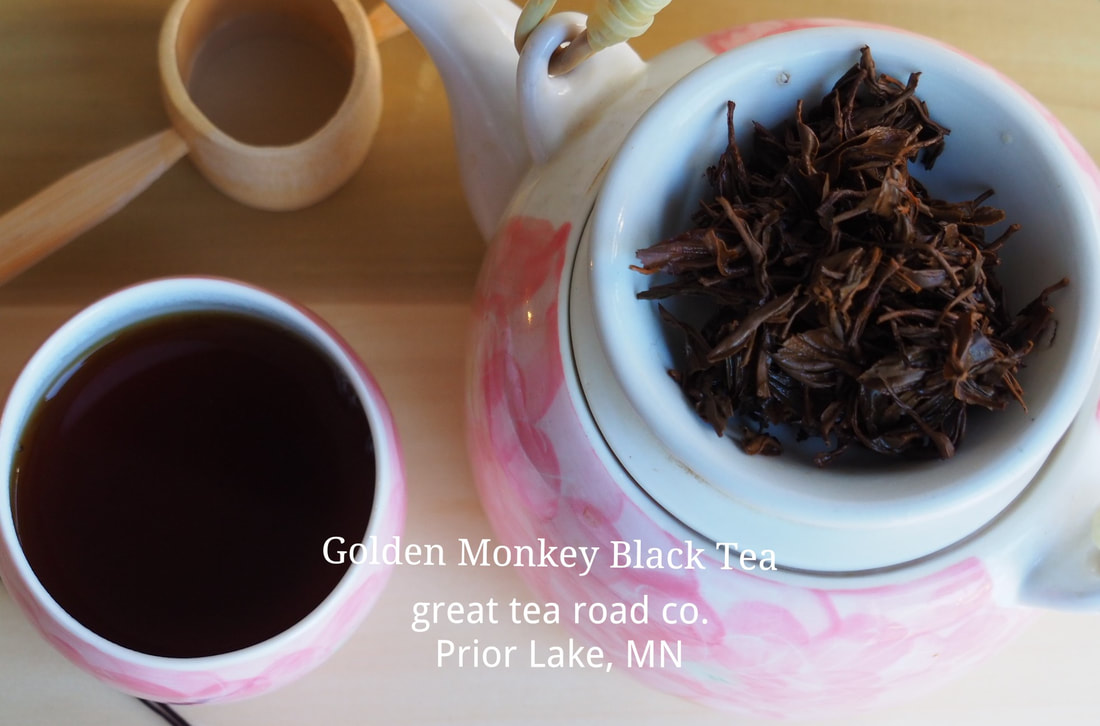
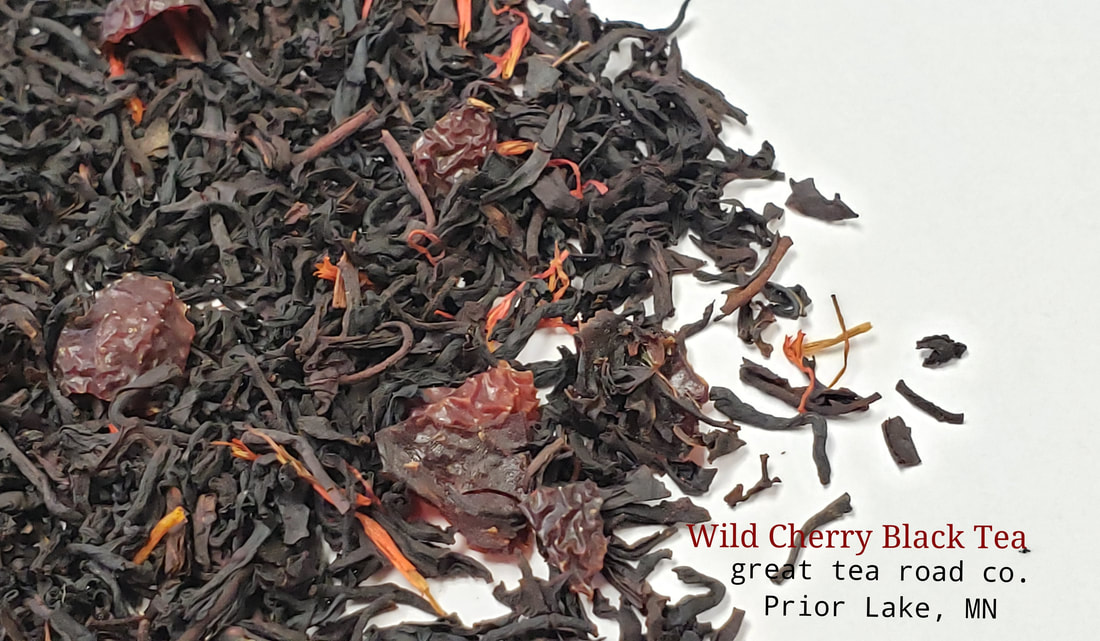
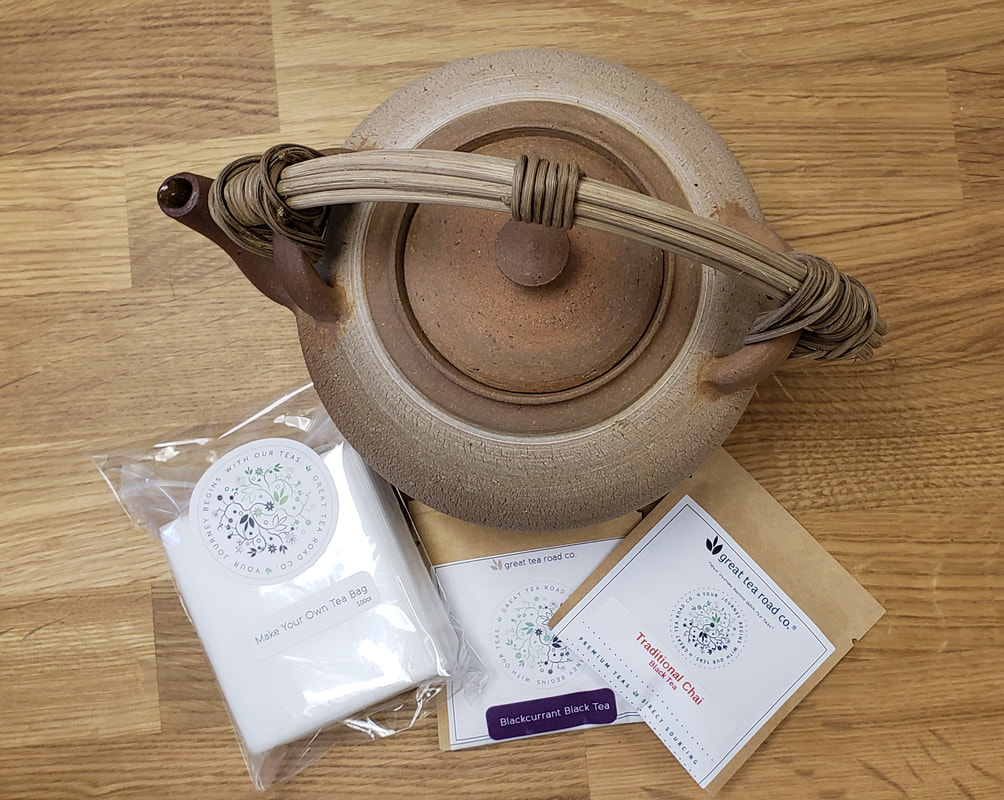
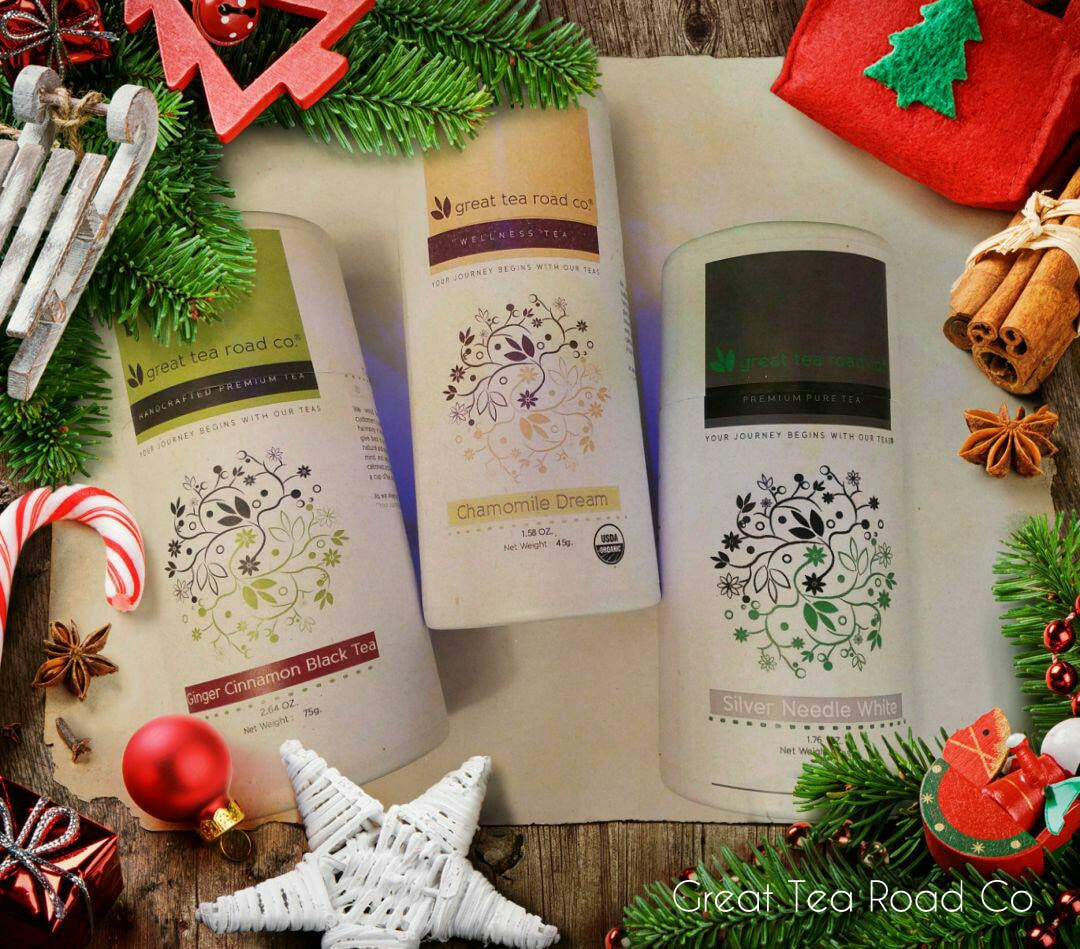
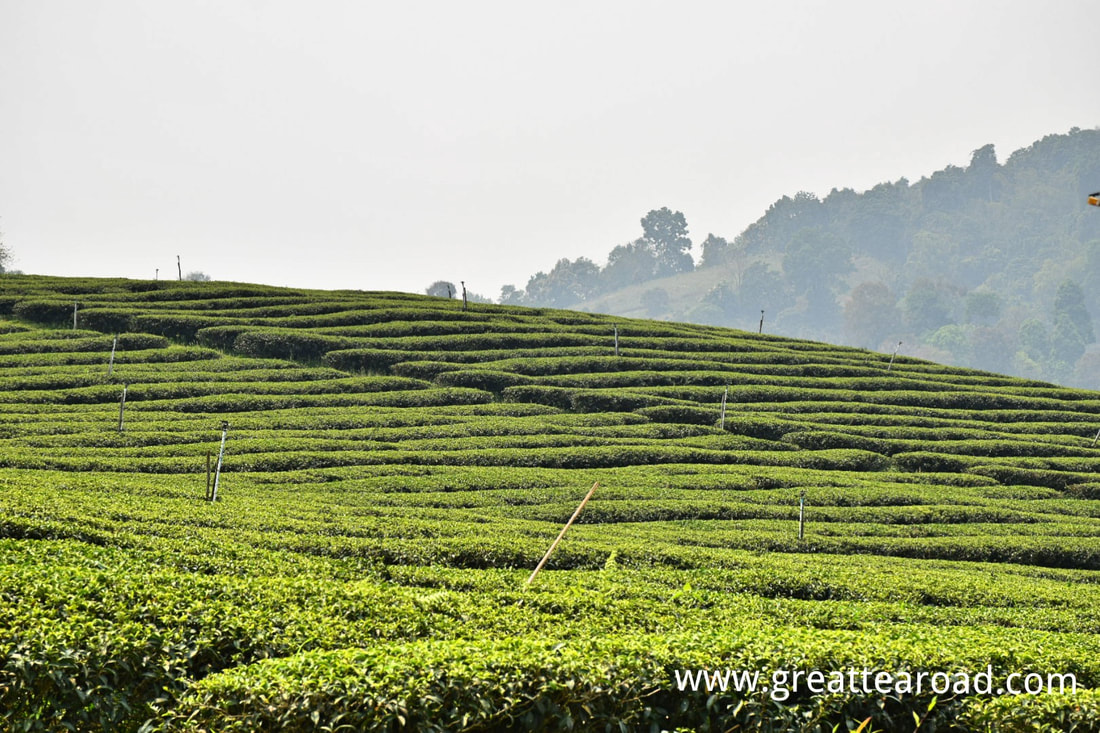
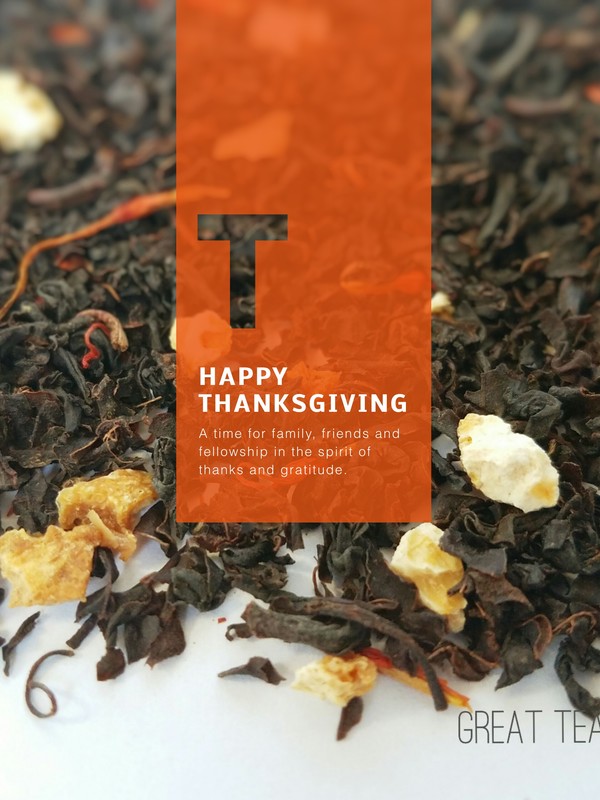
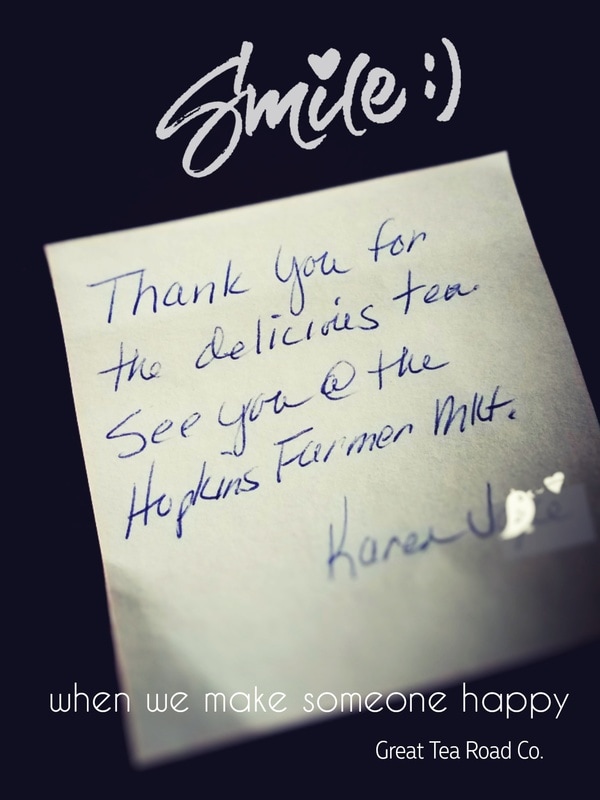
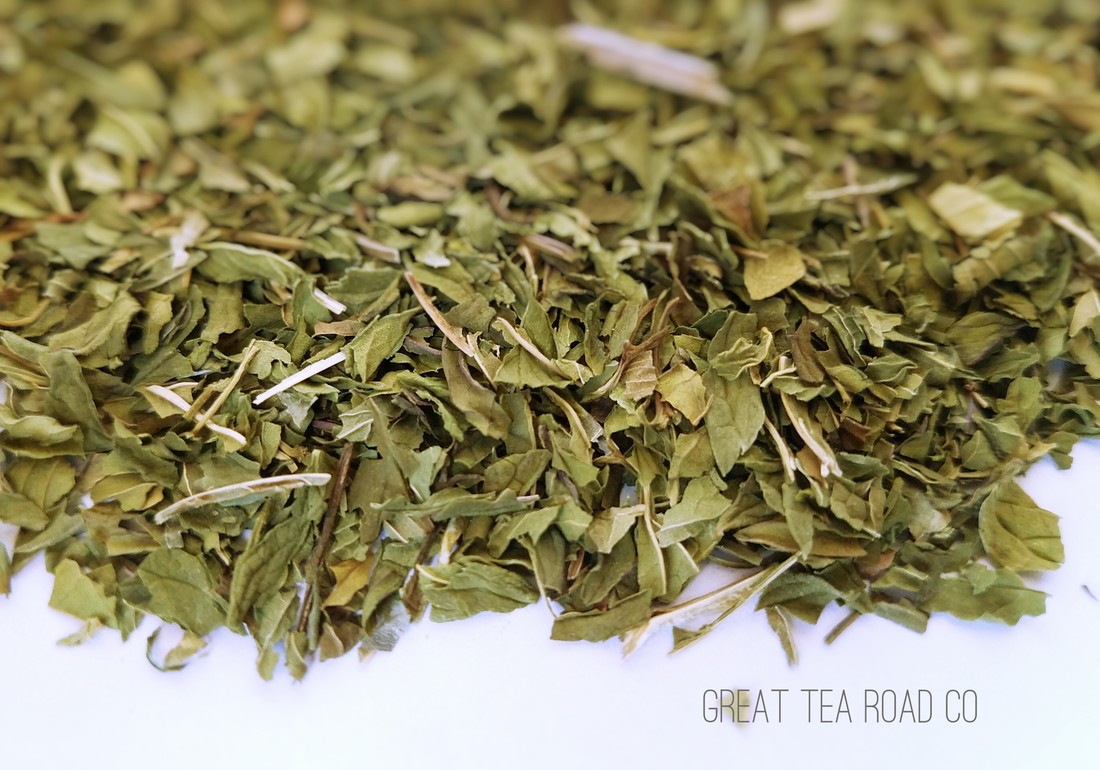
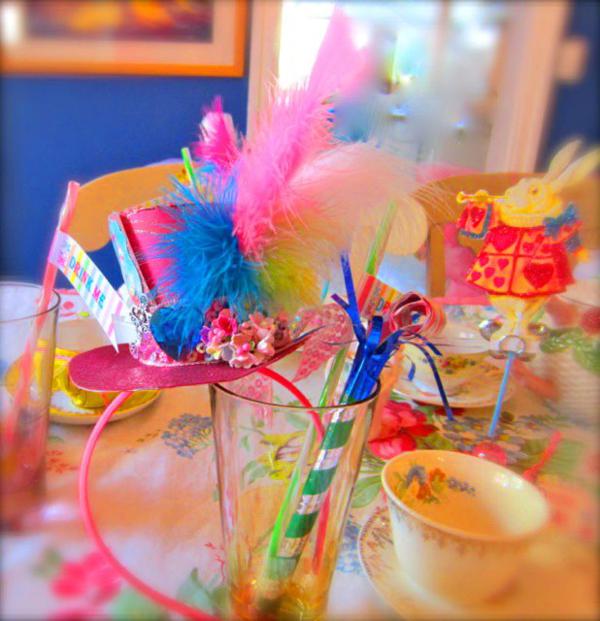
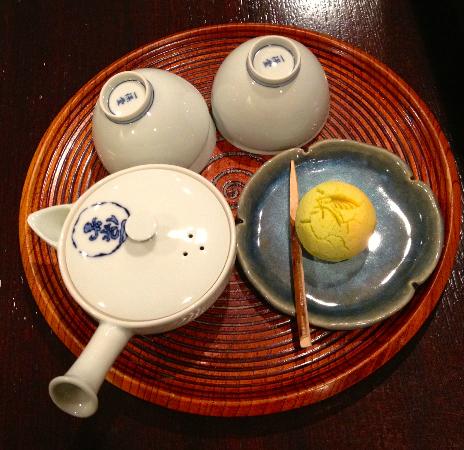
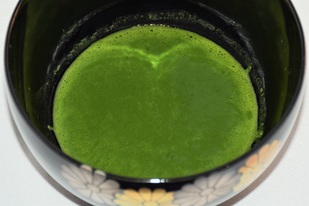
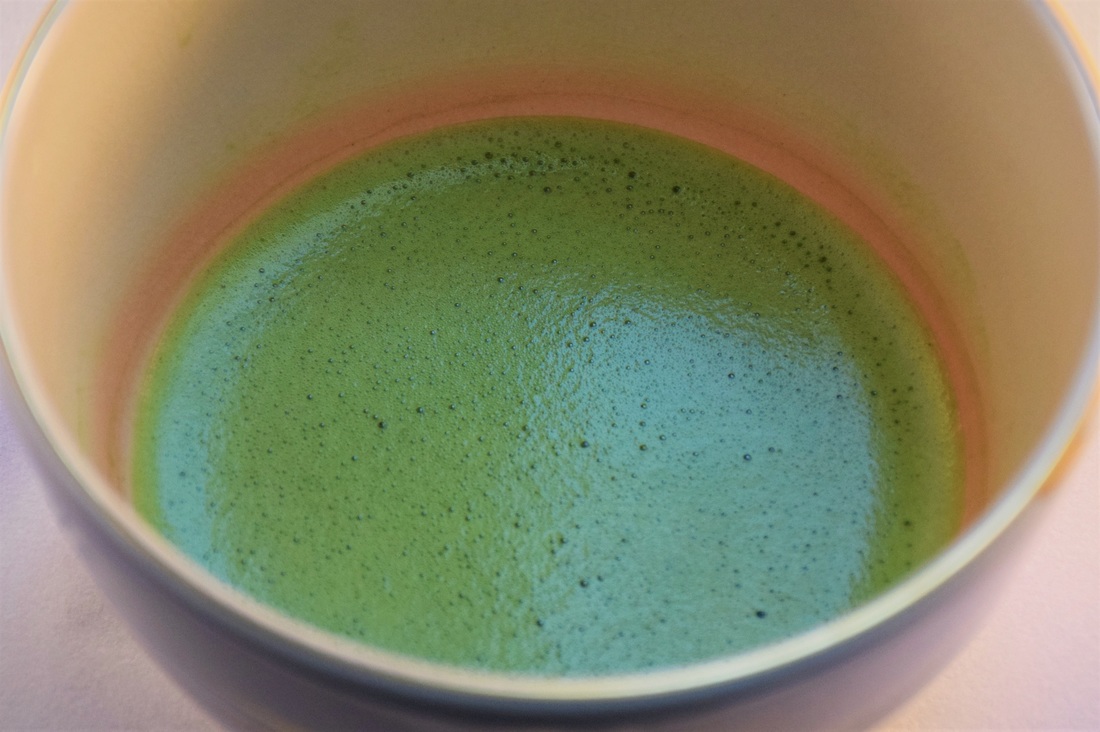
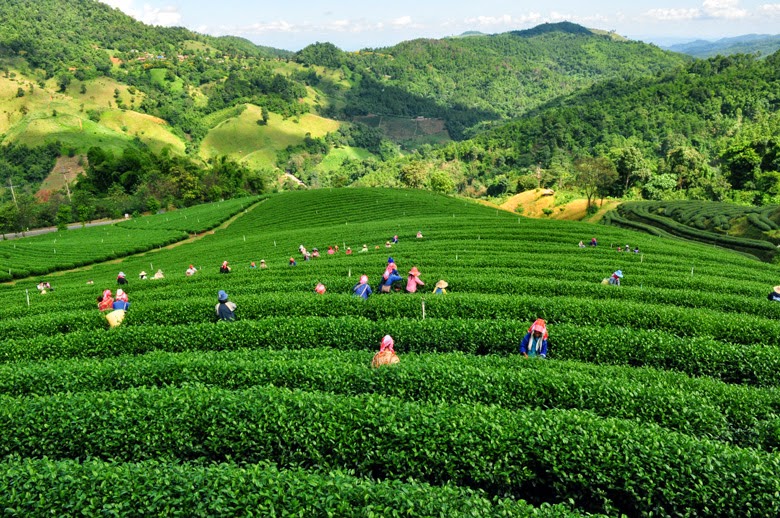
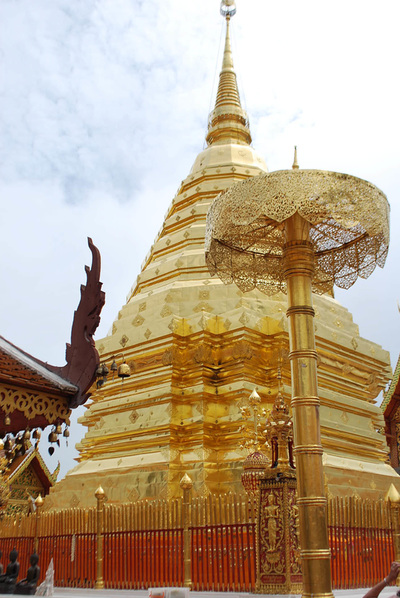
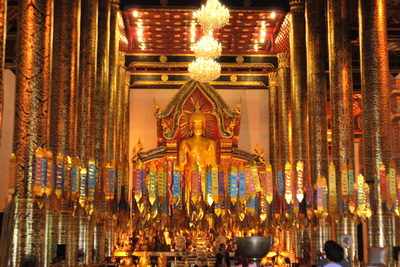
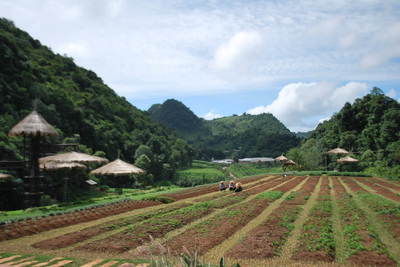
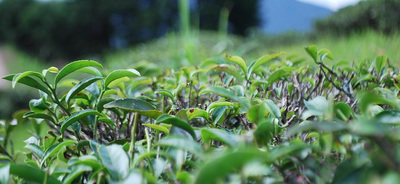
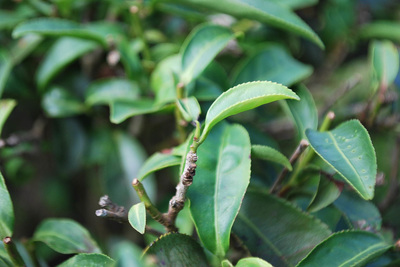
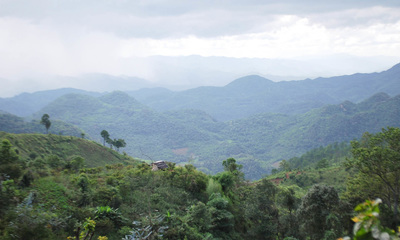
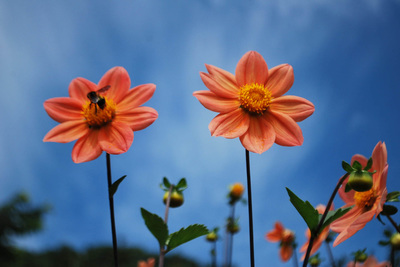
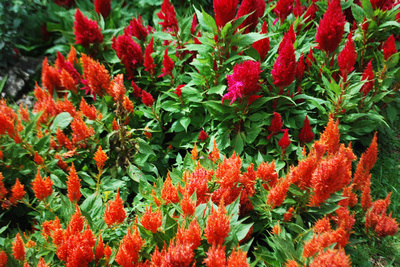
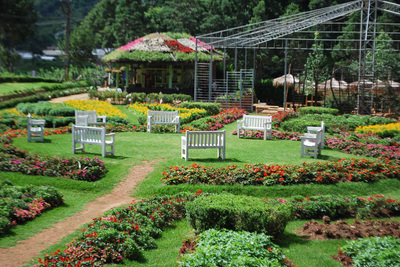

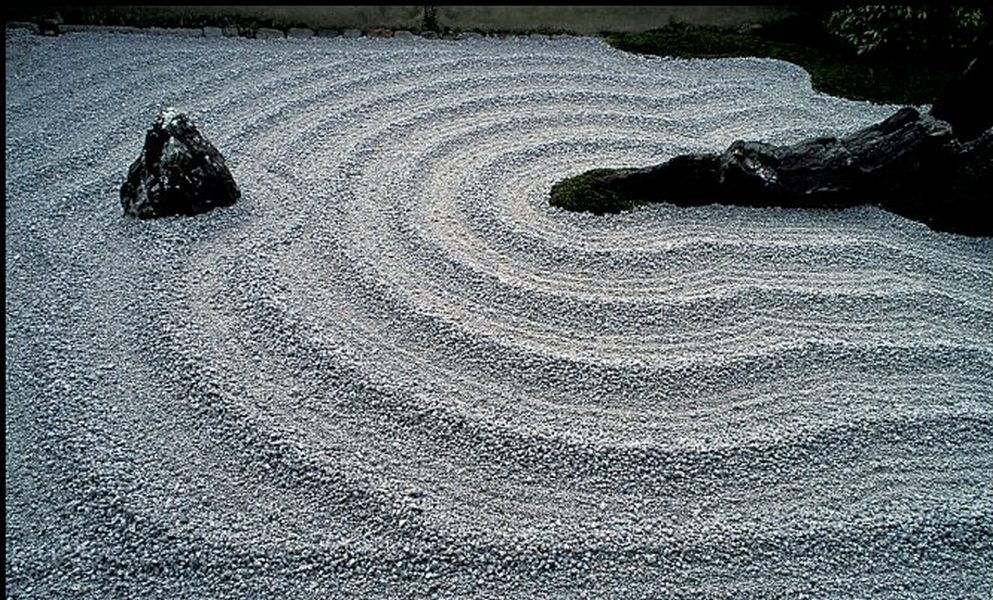
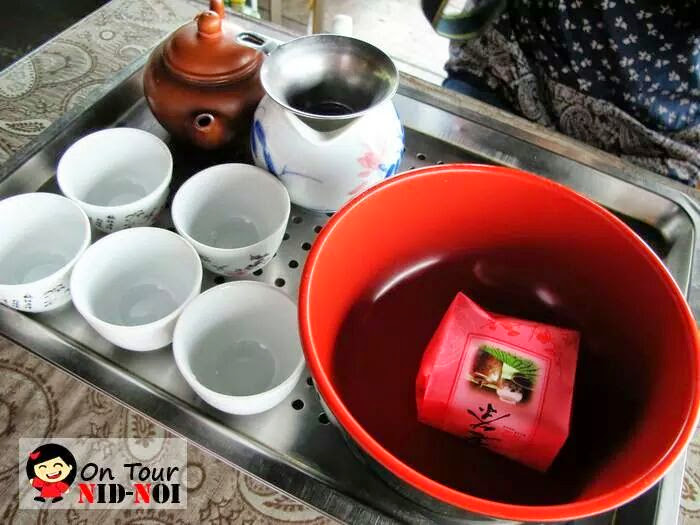
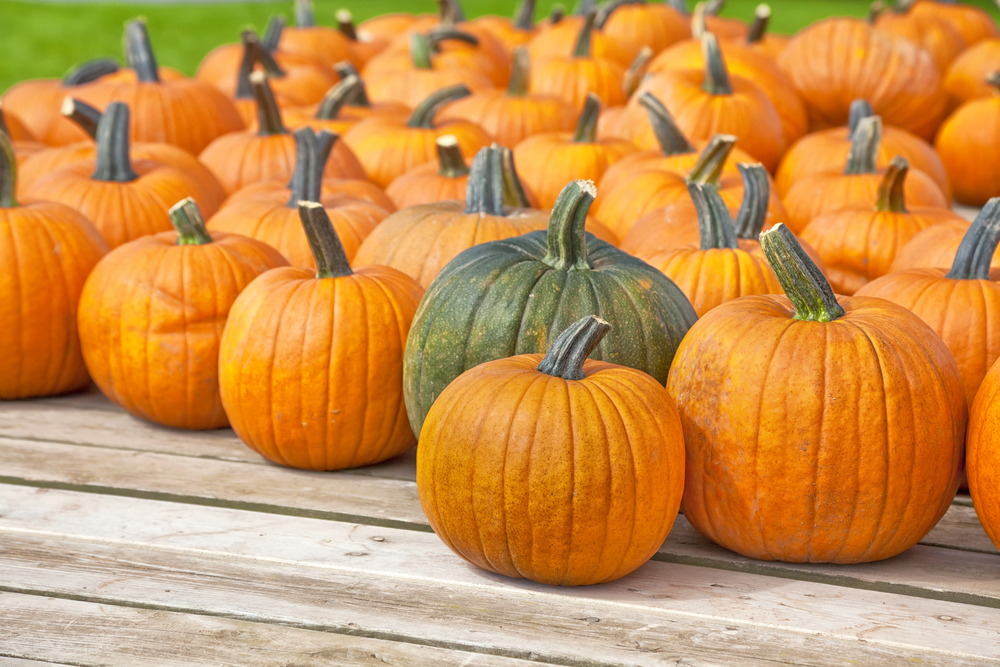
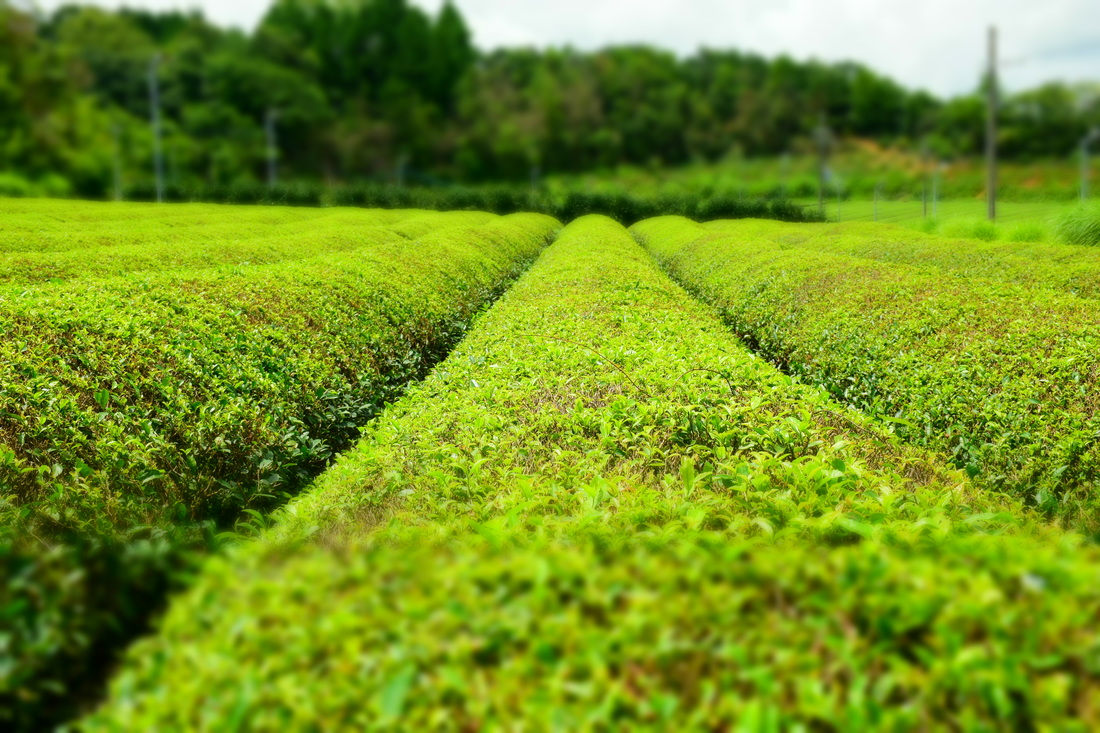
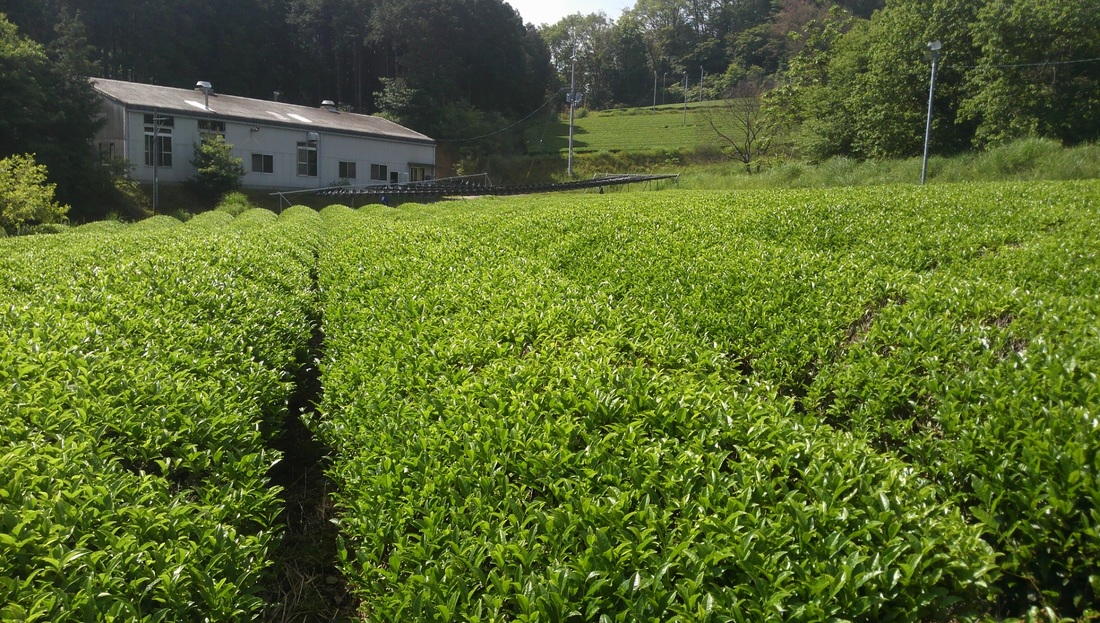
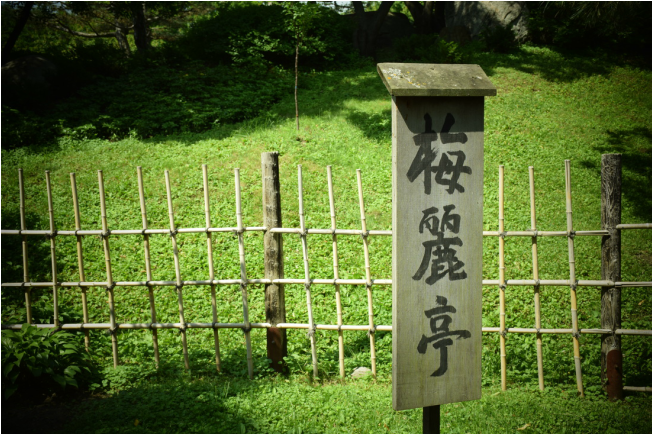
 RSS Feed
RSS Feed
